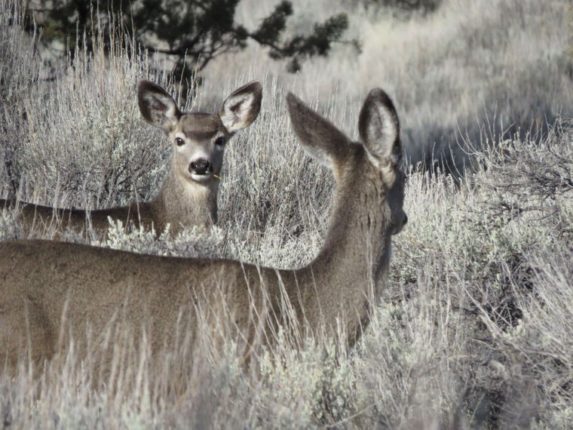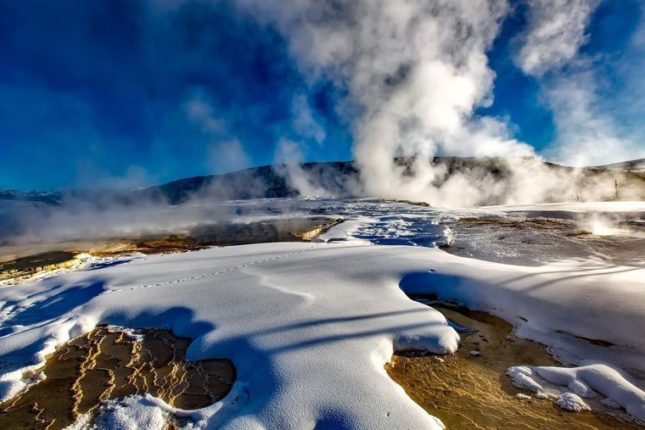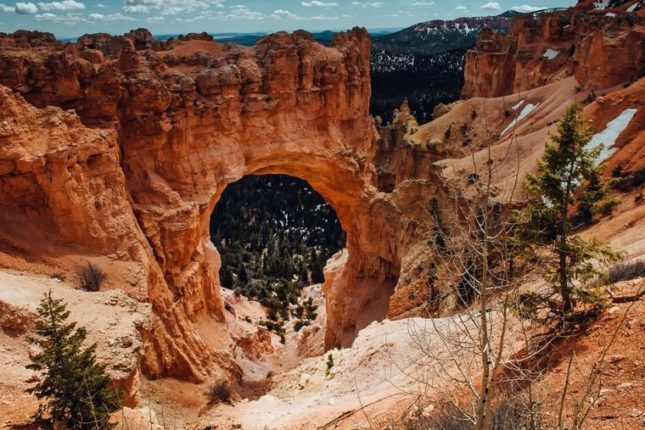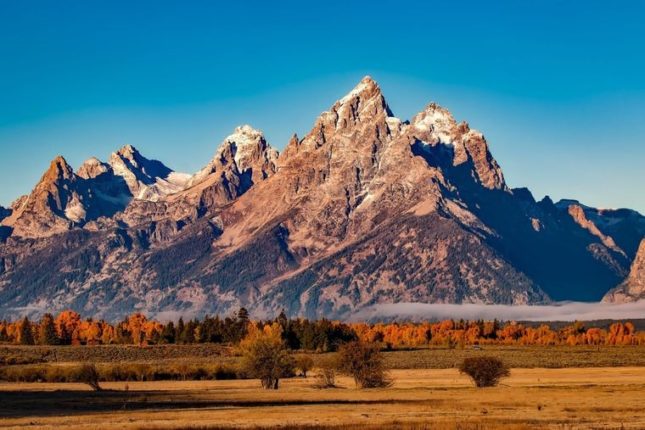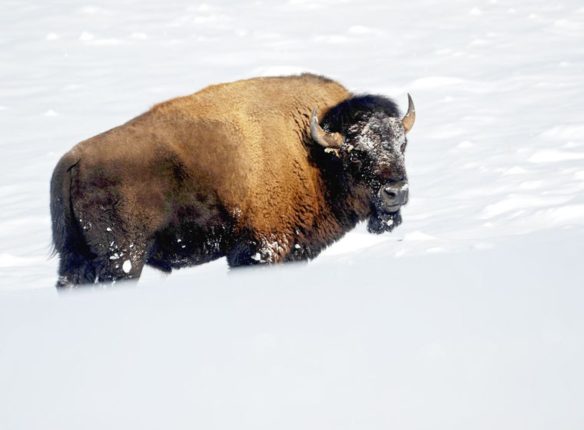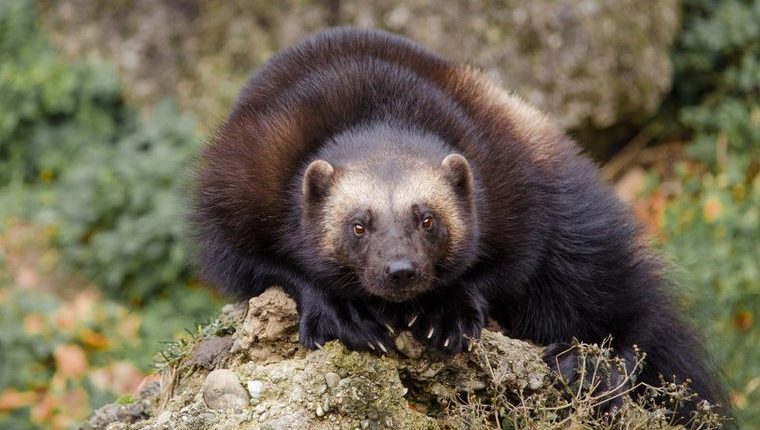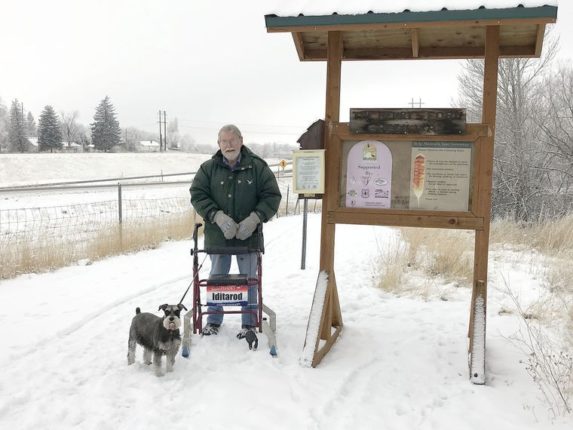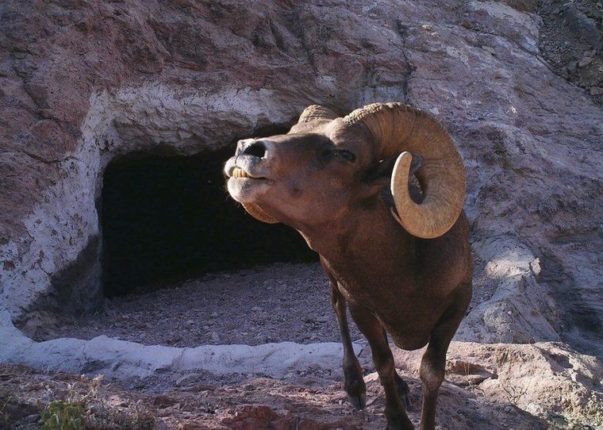WASHINGTON — U.S. government offices may be locked and most federal employees sent home, but the Trump administration has a plan to blunt the pain of a federal shutdown: It will keep many national parks and monuments open.
President Donald Trump will keep the sites accessible even if rangers and other federal employees aren’t working. That is in contrast to the last shutdown when the Obama administration chained off playgrounds, barricaded monuments and even turned away veterans from the World War II memorial in Washington.
The U.S. Interior Department plans to let the public visit most open-air monuments, wilderness-type restrooms and facilities that don’t depend on government staffing. Gift shops, restaurants and other concessionaires inside parks may be permitted to continue operations as long as they remove snow and trash without government staff.
“The American public and especially our veterans who come to our nation’s capital should find war memorials and open air parks open to the public,” said Interior Department spokeswoman Heather Swift. “Additionally many of our national parks, refuges and other public lands will still try to allow limited access wherever possible.”
The Trump administration’s approach could dampen any public outcry over a government shutdown, at least for the people camping, hiking or even getting married at national park sites such as Death Valley and the Everglades now in peak season.
In the political brinkmanship over whether to allow federal funding to lapse, the national park sites are perhaps the most vivid illustration of what’s at stake when the government closes its doors. They are popular with local businesses as well as the hundreds of millions of tourists who visit them annually — and turning visitors away is a potent way to highlight how the government shutdown is hurting real people.
During the last shutdown in October 2013, the Obama administration had an incentive to convey that message to the public, after some House Republicans and Sen. Ted Cruz, R-Texas, insisted on addressing health care in exchange for continuing federal spending. This time around, with Republicans in control of the White House as well as both chambers of Congress, the Trump administration wants to tell a far different story.
And critics are crying foul.
“The National Park Service’s mission shouldn’t be held together by duct tape and bailing wire in order to lessen the public’s blowback,” said Kate Kelly, a former Interior Department official under Obama. “Trying to run national parks without park rangers not only creates unnecessary dangers for visiting families, but puts the parks’ natural, cultural and historic resources at risk.”
The administration may keep other popular sites and services open during a shutdown too. National forests will remain accessible, but are not officially open, said Agriculture Department spokesman Tim Murtaugh in an interview. Visitors centers will be closed and rangers will not be on the job. Still, law enforcement will continue to be present in the forests for visitors who enter at their own risk, he said.
Park closings can deal a big blow to local economies that depend on tourism dollars tied to visits — from the vendors inside the facilities to the hotels, stores and restaurants outside of them. Local economic considerations were such a big factor during the 2013 government closure that five governors ultimately agreed to pick up the tab for reopening at least a dozen national parks.
White House Budget Director Mick Mulvaney says the current administration isn’t going to “weaponize” a shutdown as the Obama administration did. “We’re not going to try and hurt people,” he said in a briefing Friday with reporters.
“They chose to make it worse,” Mulvaney said. Any shutdown under Trump would “look very different,” he said.
In an interview with The Atlantic, the former Interior secretary under Obama, Sally Jewell, said the administration ultimately decided it couldn’t keep park sites open because of concerns about security and public safety.
———
(With assistance from Alan Bjerga and Jennifer Epstein.)
———
©2018 Bloomberg News
Visit Bloomberg News at www.bloomberg.com
Distributed by Tribune Content Agency, LLC.
—————
PHOTO (for help with images, contact 312-222-4194): SHUTDOWN-PARKS
_____
Topics: t000041167,t000041223,t000030742,t000002953,t000181590,t000003007
